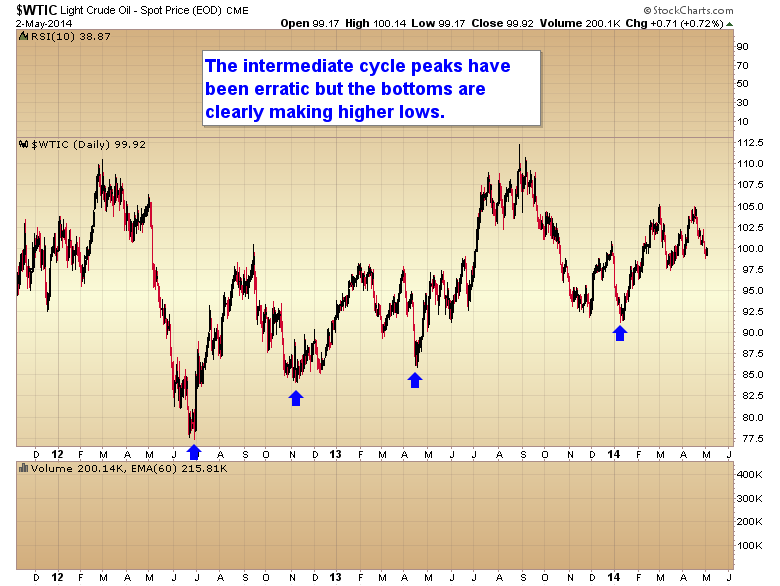The Supply and Demand of Commodities Day Trading
Post on: 18 Апрель, 2015 No Comment

Commodities often move higher when the equities market is stagnant. From the mid 1960s to the early 1980s, stock markets all over the world did not increase in value, but commodities did very well during these times. Unlike equities and equity futures, commodities have a limited supply. The supply is in a glut when the world’s economies are doing poorly, and the supply is tight when the world’s economies are doing well. Developing countries, such as China and India, use enormous amounts of raw materials in their ever-growing industrial sectors. China has the most demand; they have demand for soft commodities, grains, and industrial metals. China and India also have a large appetite for gold, as this is often a preferred store of wealth for the people who live in these countries.
While the supplies of commodities are limited and inelastic, the world’s supply of money is ever changing. The supply of money moves up and down according to the actions of the central banks and treasuries of nations across the world. When there are excessively lower interest rates in a country, this usually signals a large supply of money.
Oil is in limited supply and it is difficult to discover new sources of this commodity. Oil is used by almost the whole world, as nations rely on oil in the progress of their economies. Natural gas is used to heat homes and process products throughout the world; it is difficult to source natural gas, and difficult to get it to its end user. Metals are in high demand and include copper, silver, iron, as well as other industrial metals. In fact, demand is so high for some metals that there is a significant scrap industry, such as the iron and steel scrap industries that make shipments to China. The grains and soft commodities include corn, sugar, and others; these are renewable, but demand increases when the world’s economies are growing quickly.

Commodities of the Past and Present
In the 1980s and 1990s there was a slowing in the demand for commodities, and this led to a bear market and lessening of prices overall. Commodities are now considered inexpensive, and the 1980s and 1990s bear market caused a lessening in the production capacities of those producing commodities. This will potentially cause a steep supply/demand ratio as the world’s economies start expanding at full force. This is because commodities are fixed in supply and the world’s money supply is ever expanding. The ever-expanding money supply will force a supply-and-demand imbalance, as there will be more dollars, yen, and euro chasing the same or fewer amounts of commodities. This will lead to a steady upward pressure in the price of commodities. Due to the fact that most commodities are now traded electronically in the futures markets, there are very few barriers to entry, and professional money managers, commodity hedgers for companies, and speculators can get into the business of commodity trading worldwide with just an Internet connection. The commodities market is truly a worldwide market, and knows no borders. The commodities market can potentially be a very good place to set up shop, and can lead to very profitable day trading sessions for those who are willing to master the fundamentals of this area of trading.














